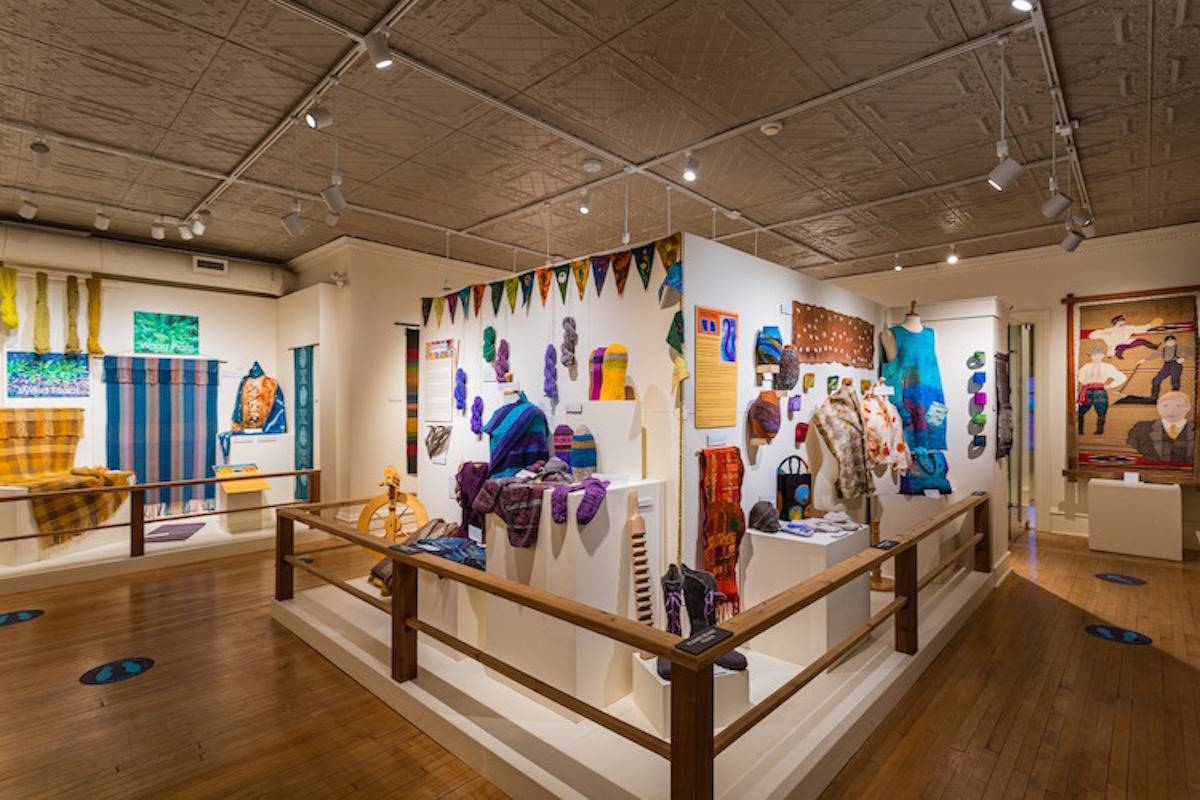Filmmaking is a very potent means of expressing culture and art. It is also a highly lucrative business option. Practically, the filmmaking industry is quite costly and labor-intensive. This labor is generally divided into three areas: exhibition, production, and distribution.
The start of the American Film Industry can be traced to as far back as 1903, during narrative filmmaking (A Tale of Two Cities, The Grapes of Wrath) and the introduction of the first movie studio in the world to depend solely on artificial lighting. However, it was nearly impossible to talk about the Canadian film industry.
The first public film screening in Canada happened in Montreal on June 28, 1896. Two years prior, Ottawa’s Andrew and George Holland launched the first Kinetoscope parlor in the world in NYC using the latest invention of Thomas Edison.
In 1896, they did a public screening in Ottawa of The Kiss, starring Marvis Irwin. On August 31, there was a screening in Toronto, while Vancouver’s first screening was in December 1898.
Canada’s first film production was in the 1897 fall season, about one year after the Montreal screening. James Freer, a farmer in Manitoba, produced the movies. Some of the films include Arrival of CPR Express at Winnipeg and Six Binders at Work in a Hundred Acres Wheatfield.
He went ahead to tour England in 1898, showing his “home movies” titled Ten Years in Manitoba. Inspired by his first tour’s success, the federal government-sponsored another tour in 1902.
In 1902, the Canadian Pacific Railway employed a British Company to form a group of filmmakers named the Bioscope Company of Canada to make Living Canada. The purpose of this movie was to inspire the British to Canadian immigration.
Included in this series was the first Canadian-made fictional drama, Hiwatha, The Messiah of the Ojibway (1903). In 1906, Leo Ernest Ouimet launched the first theater in Montreal, and in 1907, the biggest movie theater in Montreal, North America.
Movie productions to encourage immigration to Canada continued being produced by the CPR into the 1930s. It employed the Edison Company to make 13 film stories to depict the perks of living in the Canadian West.
After 1912, several film companies in Canada started making fictional/real-life movies, the most successful being Evangeline by the Canadian Bioscope Company.

